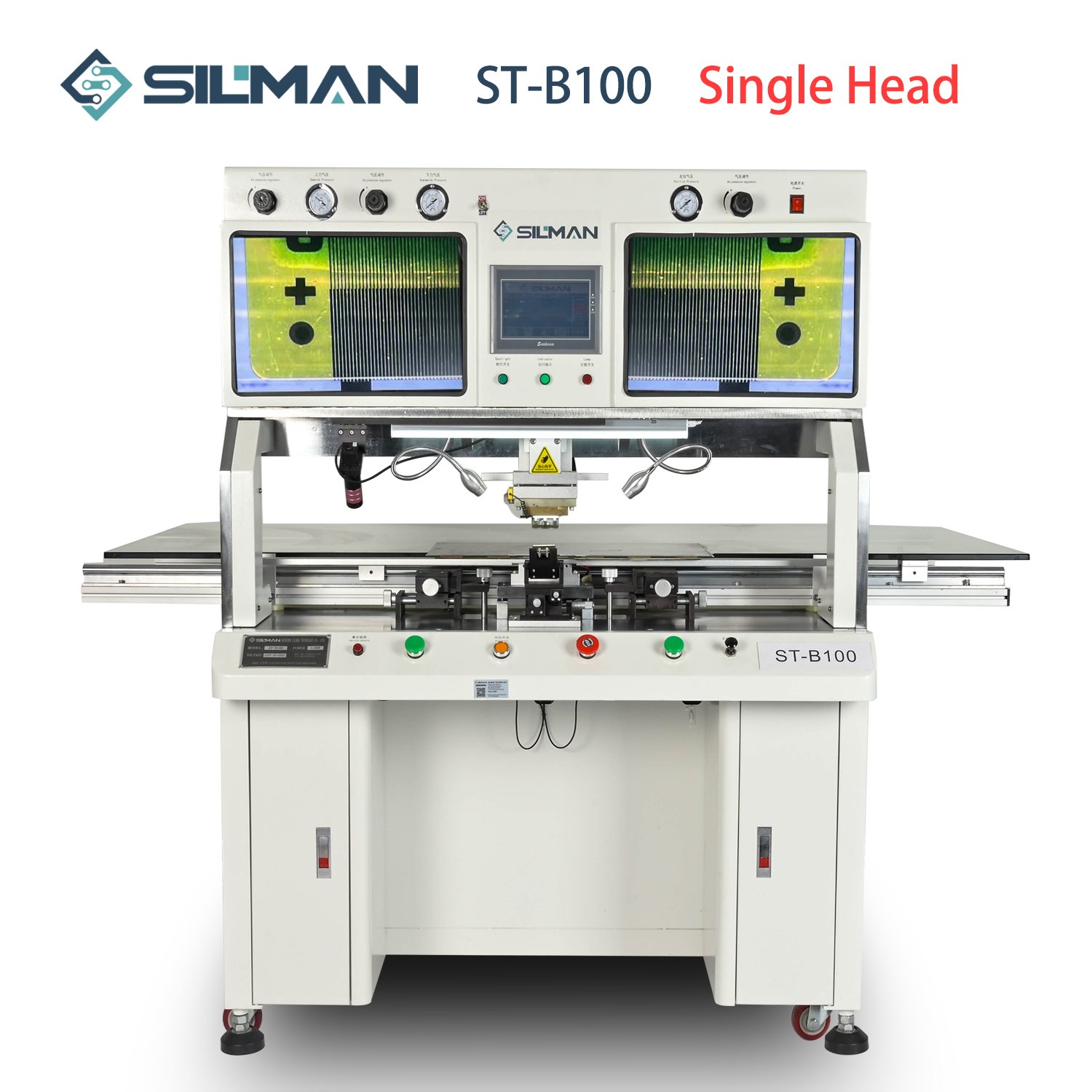Selective wave soldering, also known as selective soldering, is another primary soldering process used in PCBA production, primarily for soldering through-hole components on PCB boards. Therefore, when the soldering material melts, another solder wave phenomenon occurs during mechanical operation, hence the name “selective wave soldering.” Selective wave soldering can be mainly divided into two types, one being the traditional wave soldering and the other being selective wave soldering. Let’s discuss what selective wave soldering is and how it differs from traditional wave soldering.
Selective wave soldering, being different from traditional wave soldering, is also known as selective soldering. In traditional wave soldering, the entire soldering process surface of the PCB board is coated with flux, and during the soldering process, the soldering surface of the PCB board is fully immersed in the molten solder. However, selective wave soldering is different. Selective wave soldering allows for the setting of soldering parameters for each solder joint on the PCB board, such as flux spraying position, soldering time, wave height, etc. Therefore, selective wave soldering can not only spray flux only for soldering but also ensures that only the soldering area comes into contact with the soldering material during the soldering process.
Due to selective wave soldering’s ability to spray flux only on soldering positions, it not only saves flux usage but also greatly reduces flux residue. Moreover, as only the soldering positions come into contact with the soldering material during the soldering process, it saves solder usage and reduces the occurrence of solder dross. Additionally, selective wave soldering has a smaller footprint and comes with its own workbench, making it adaptable to various shapes of PCB boards and saving the cost of various fixtures.
Apart from these advantages, selective wave soldering also has some disadvantages. One is its higher price, as the current level of selective wave soldering technology is relatively advanced, and the machine equipment is very sophisticated, resulting in much higher equipment prices compared to traditional wave soldering. Moreover, because it is a precision soldering process, each solder joint requires professional application programs to control, resulting in relatively higher work efficiency.
These are the detailed explanations of the differences between selective wave soldering and wave soldering. I hope this information is helpful to everyone!
